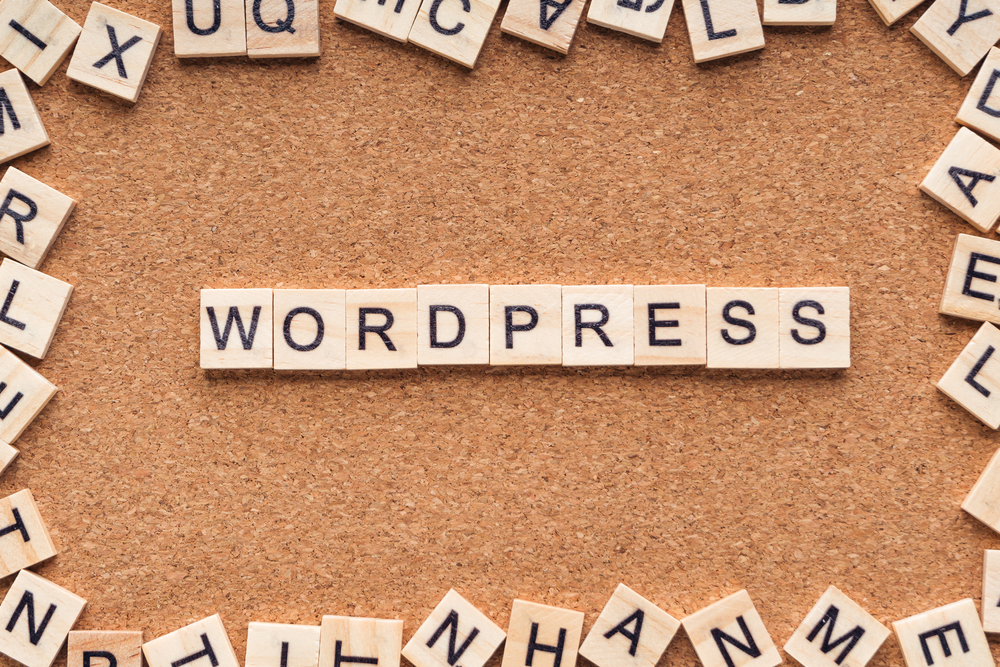
Whether you are a seasoned blogger or just starting out, creating engaging content is key to the success of your blog. With the rise weblog site of social media and the increasing competition in the blog blogosphere, it is more important than ever to stand out and capture the attention of your audience. In this ultimate guide, we will provide you with tips, tricks, and techniques for creating content that will keep your readers coming back for more.
Know Your Audience
Before you start creating content for your blog, it is crucial to understand who your target audience is. Knowing who you are writing for will help you tailor your content to their interests, needs, and preferences. Take the time to research your audience demographics, interests, and behavior to create content that resonates with them.
Create Compelling Headlines
The headline is the first thing that your audience will see, so it is important to make it compelling and attention-grabbing. A good headline should be concise, clear, and relevant to your blog post's content. Use keywords in your headlines to improve search engine optimization (SEO) and attract more readers to your blog.
Use High-Quality Images
Visual content is key to engaging your audience and making your blog posts more appealing. Use high-quality images, infographics, and videos to complement your written content and make it more visually appealing. Visual content can help break up large blocks of text, improve retention rates, and increase social shares.
Write Engaging Content
When creating blog posts, focus on writing engaging content that captivates your audience and keeps them coming back for more. Use storytelling techniques, ask questions, and encourage interaction with your readers through comments and social media. Remember that your blog is a conversation with your audience, so make sure to engage with them and respond to their feedback.
Optimize for SEO
Search engine optimization (SEO) is crucial for driving organic traffic to your blog. Optimize your blog posts for relevant keywords, meta tags, and links to improve your search engine rankings. Make sure to include keywords in your blog post's title, headers, weblog website and throughout the content to make it more discoverable to search engines.
Promote Your Content
Creating engaging content is just the first step. Once you have published a blog post, it is important to promote it to reach a larger audience. Use social media, email marketing, and other promotional tactics to share your content with your followers and attract new readers to your blog. Collaborate with other bloggers, participate in blogging communities, and engage with influencers to expand your reach.
Monitor and Analyze Performance
Monitoring and analyzing the performance of your blog posts is essential for determining what works and what doesn't. Use analytics tools to track key metrics such as page views, bounce rate, time on page, and conversion rates. Analyze this data to identify trends, optimize your content strategy, and improve the effectiveness of your blog posts.
Stay Consistent
Consistency is key to building a successful blog. Create a content calendar and stick to a regular posting schedule to keep your audience engaged and coming back for more. Consistency not only helps you build a loyal readership but also signals to search weblog engines that your blog is active and relevant.
Engage with Your Audience
Engaging with your audience is essential for building a strong and loyal community around your blog. Respond to comments, emails, and social media messages from your readers to show that you value their feedback and opinions. Encourage discussions, ask for feedback, and involve your audience in the content creation process to create a sense of ownership and belonging.
Experiment and Learn
Don't be afraid to experiment with different types of content, formats, and topics to see what resonates with your audience. Learn from your successes and failures, and use this knowledge to refine your content strategy and improve your blogging skills. Keep an eye on industry trends, stay informed about new technologies, and adapt your blogging approach to stay relevant and competitive in the ever-evolving blogosphere.
Frequently Asked Questions
1. How often should I post on my blog?
There is no one-size-fits-all answer to this question. It depends on your niche, audience, and content strategy. Some bloggers post multiple times a week, while others post once a month. The key is to find a posting frequency that works for you and your audience.
2. How long should my blog posts be?
Again, there is no definitive answer to this question. Some experts recommend longer, in-depth posts for higher search engine rankings, while others suggest shorter, blog site more concise posts for better readability. The most important thing is to provide value to your readers and keep them engaged until the end.
3. Should I use guest bloggers on my site?
Guest bloggers can bring fresh perspectives and new voices to your blog, which can help attract a wider audience and increase engagement. However, make sure to vet guest bloggers carefully and ensure that their content aligns with your brand and values.
4. How can I monetize my blog?
There are various ways to monetize your blog, including affiliate marketing, sponsored posts, selling digital products or services, and display advertising. Experiment with different monetization strategies to find what works best for your blog and audience.
5. How can I stay motivated and avoid burnout as a blogger?
Blogging can be a demanding and competitive field, so it's important to take care of yourself and avoid burnout. Set realistic goals, establish boundaries, and take breaks when needed. Surround yourself with a supportive community of fellow bloggers and remember why you started blogging in the first place.
Other useful resources